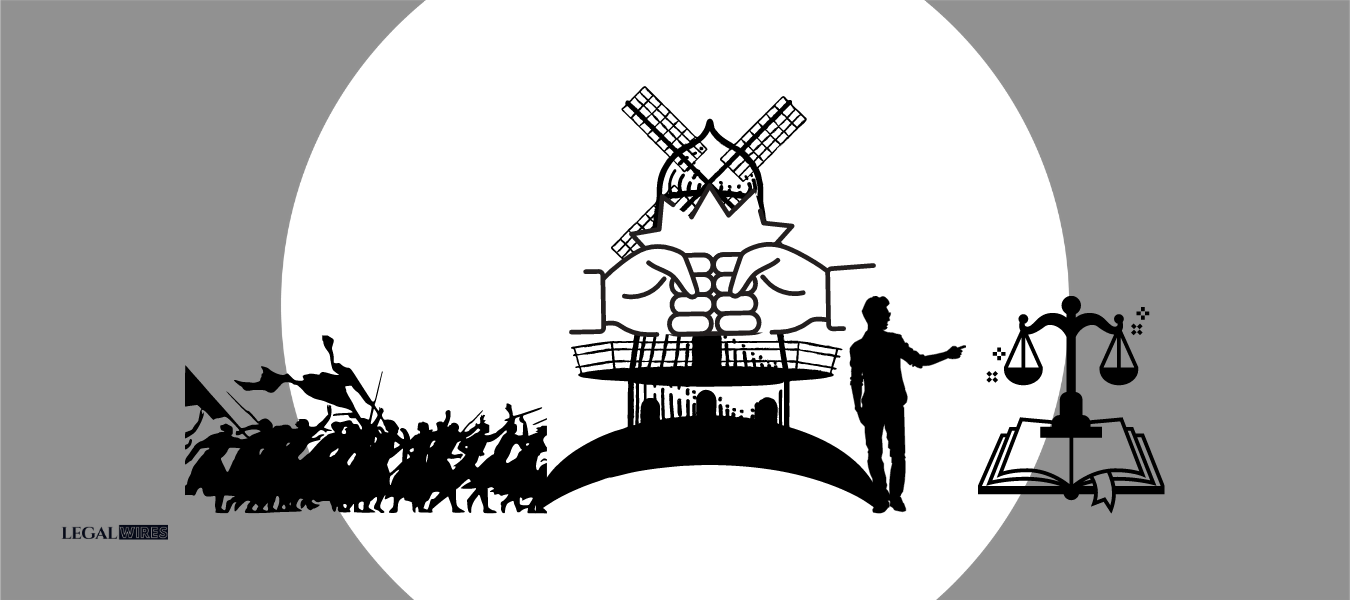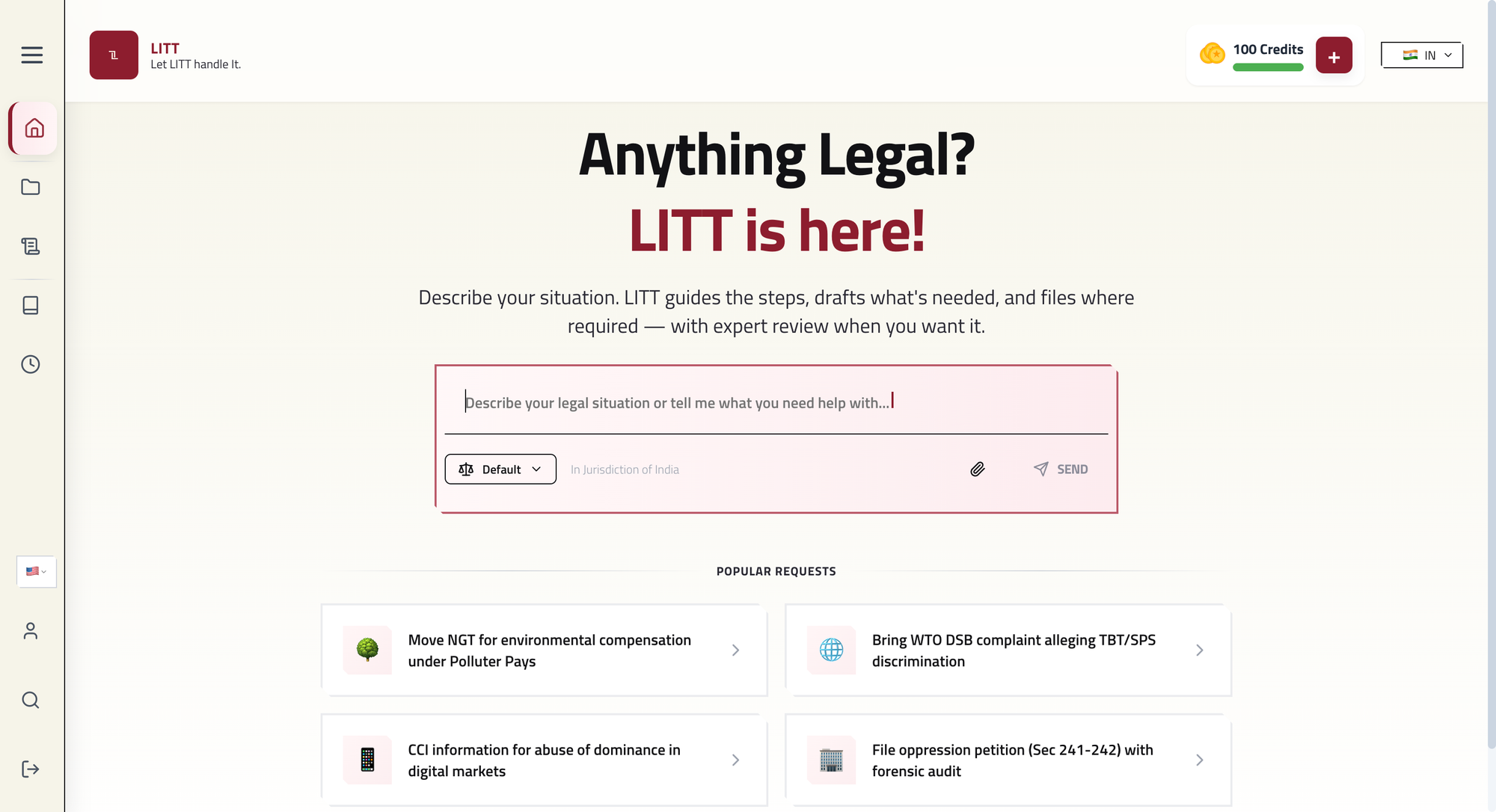Citation: AIR 1935 NAG 149 Date of Judgement: 24th October

Citation: AIR 1935 NAG 149
Date of Judgement: 24th October 1934
Bench: Sir Frederick Louis Grille
Facts:
- Present case is the application of revision by the applicant, convicted of abetment of the offence of molestation defined in Sec 7, Criminal Law Amendment Act (23 of 1932).
- In order to strengthen a strike in 1934, the Nagpur Textile Union of which the applicant was the President, resorted to a system of picketing. In pursuance of the same, on 3rd, 4th and 6th May 1934 the applicant made speeches supporting the strike and in the course of his speeches encouraged the picketing of the mills and called for volunteers for the same.
- On account of two female picketers being harassed by the police on 5th May, the applicant posted his wife on one of the mill gates instructing her to picket and to use violence if anyone interfered with her.
- Charges were framed under four heads, three relating to the speeches delivered on 3rd, 4th and 6th May 1934 and the fourth relating to the incident of the abetment of picketing by his wife on 5th May.
Decision of the trial court:
Accused was convicted of the abetment of the offence of molestation defined in S 7, Criminal Law Amendment Act (23 of 1932) and was sentenced to six months’ rigorous imprisonment.
Decision of the appellate court:
Sentence was upheld on appeal by the appellate court.
Issues:
- Whether any conflict exits between Sec 7, Criminal Law Amendment Act and the Trade Unions Act of 1926?
- Whether Sec 7, Criminal Law Amendment Act has universal application?
- Whether the offences detailed in the charge can be taken as forming part of the “same transaction” as defined in Sec 235(1)?
Judgement:
Court held that applicant has served all but six weeks of the term of imprisonment awarded and also served on jail as undertrial prisoner during the trial of his case. His bail also gets rejected on insufficient grounds. So, court considered the sentence to be appropriate one, but in view of circumstances directed the sentence should be reduced to the amount that was already undergone.
Key legal points discussed in the case:
- Whether any conflict exits between Sec 7, Criminal Law Amendment Act and the Trade Unions Act of 1926?
No
Court observed that Trade Unions have the right to declare strikes and to do certain acts in furtherance of trade disputes. They are not liable civilly for such acts or criminally for conspiracy in the furtherance of such acts as Trade Unions Act permits, but there is nothing in that Act which apart from immunity from criminal conspiracy allows immunity from any criminal offences. Indeed, any agreement to commit an offence would under S. 17, Trade Unions Act, make them liable for criminal conspiracy. S. 7, Criminal Law Amendment Act, is part of the Criminal law of the land and an offence committed as defined in that section is an offence to which the concluding sentence of S. 17, Trade Unions Act, applies as much as it would do to an agreement to commit murder.
- Whether Sec 7, Criminal Law Amendment Act has universal application?
Yes
Court referred to Shantanand Gir v. Basudevanand Gir[1], where it was held that reference to statement of objects and reasons appended to an act could be made when there was an ambiguity. But in the present case, wording of the section under consideration are entirely plain and unambiguous. The section itself makes no limitation in respect of the parties disputing or the nature of the disputes giving rise to a situation where picketing is employed, and from the wording of the section itself, court observed that Sec 7 is of universal application.
Bulk of the sections in the act referring to activities subversive to government does not indicate that without referring to statement of objects and reasons, Sec 7 would be used only on occasions of combating undertakings which are subversive to the government.
- Whether the offences detailed in the charge can be taken as forming part of the “same transaction” as defined in Sec 235(1)?
Yes
In Emperor v. Hari Raot[2], Drake- Brockman, J.C. laid down the test that the acts done must be so related to each other in point of purpose, or as cause and effect, or as principal and subsidiary acts, as to constitute one continuous person. It is not necessary that offences committed in the course of the same transaction should be a logical sequence to the others.
Court observed that concerned acts took place over four successive days. Each day an appeal was made for the renewal of picketing when the workers were entering and leaving the mills and for volunteers for the purpose and in the course of his supervision of the operations the applicant replaced the picketers, who had been chased away by others and by a person of peculiar significance, his own wife, whom he believed the police would not dare touch.
The transaction in the course of which the offences charged were committed was brief, complete and definite and its object was achieved, and there can be no doubt that picketing had a considerable share in the achievement of that object. So, charges did form part of the same transaction.
[1] 1980 AIR(All) 225).
[2] 1906 (2) NLR 147.


